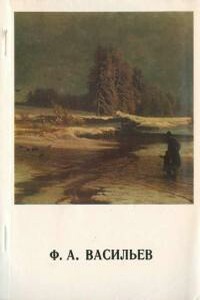Сокровища Алмазного фонда СССР - [4]
In addition to state regalia, the royal treasury contained rare precious stones and jewelry.
Interest in Russian gems increased in the 18th century with the development of mining in the Urals. Exquisitely beautiful multi-coloured precious and semi-precious stones flowed into the royal treasure-stores and were used for formal dresses, fans, snuff-boxes, valuable weapons and state awards. The noted jewelsmiths J. Posier and L. Duval worked at the royal palace in those days. Objects made by them, whose beauty and elegance delighted contemporaries, are now in the USSR Diamond Fund. Posier made the most magnificent crown in Europe, selecting the best jewels and pearls from the royal treasure-store for it. It was the symbol of state power in Russia for nearly a century and a half.
From time to time the royal treasure-store was augmented with unique, unrivalled precious stones. These stones are on display at the Exhibition. One of them was the bewitchingly beautiful Orlov diamond. Unusual in size, colour and purity, it is set in a sceptre. The famous spinel in the imperial crown is of an incomparable vibrant dark-red. Another inimitable gem is the world-famous Shah diamond, which was brought to St. Petersburg in 1829 by the Persian prince Khosrev-Mirza as "redemption" for the murder in Teheran of A. S. Griboyedov, the celebrated writer who was the Russian ambassador in Persia.
The collection includes an entirely transparent and ideally polished flat diamond measuring 4X2.9 centimetres. This enormous gem is set in a Gothic bracelet. One of the highlights of the Diamond Fund is a huge Ceylonese sapphire set in a dazzling oreole of diamonds. Also the pride of the Diamond Fund is a unique deep-green square emerald, which is pure and transparent. Among the many other superb, sparkling gems in the Fund is a unique 192.60-carat olive-green chrysolite, which is as transparent and pure as a drop of spring water. On display at the Exhibition there are several badges of the Order of St Andrew, which was the highest pre-revolutionary decoration. It was instituted by Peter I and called in honour of the saint who in Russia was revered as the patron of the state.
Immediately after the Great October Socialist Revolution, the Soviet Government took steps to safeguard historic treasures. The State Depository of Treasures of the RSFSR was set up in Moscow on February 3, 1920 by a decree of the Council of People's Commissars signed by Lenin to keep an account of all the country's reserves of gold and other precious metals and gems and to organize their safekeeping. Lenin regarded them as part of the people's wealth and urged that they should be properly looked after. He energetically helped to set up the State Depository and attentively followed its activities.
Early in 1922 the crown jewels were transferred to the State Depository and the study of these historic treasures was started for the first time. The team of scientists and experts, who included the jewellers A. Faberge, A. Kotler, B. Maseyev, and the expert N. Dmitriev of the State Depository, was headed by the prominent miniralogist A. Fersman. The artistic assessment was made by S. Troinitsky, Director of the Hermitage, and D. Ivanov, manager of the Armoury.
In 1922 this collection was officially named the RSFSR Diamond Fund, and in 1924, after the formation of the Union of Soviet Socialist Republics, it was renamed the USSR Diamond Fund.
New uses for diamonds were found in the 20th century, the century of swift industrial development and scientific and technological progress. These super-hard stones have become vital for intricate technical problems, the diamond becoming a symbol of technical progress and a major means of increasing labour productivity.
The development of most branches of modern industry, including metal-working, machine-building, mining and precision mechanics, is inconceivable without the use of diamonds. To a large extent this explains the desire of all industrially developed countries to enlarge their stocks of diamonds. At one time diamonds were on the list of strategic goods whose sale to the USSR was prohibited. This was an attempt to induce a diamond shortage in the Soviet Union and hinder its technical progress. As in many other cases, this attemt of the imperialist monopolies to hold up Soviet economic development fell flat.
The constant concern of the Communist Party and the Soviet Government to promote the rapid industrial growth of the Soviet Union made possible to tap its mineral wealth.
In face of extremely difficult natural conditions Soviet geologists discovered diamond deposits in Siberia, thus making the Soviet Union a diamond producer.
The whole world has heard of the discovery of the Mir, Udachnaya and Aikhal diamond pipes in Yakutia, and of the appearance of the town of Mirny, capital of the Soviet Union's diamond-bearing region.
The output of diamonds in the Soviet Union has made it possible to increase the output and utilization of diamond-tipped instruments. Soviet industry stopped being dependent on the import of diamonds.
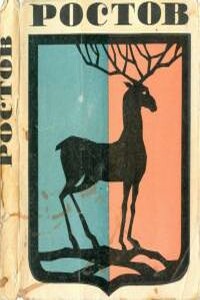
Если выехать из столицы нашей Родины по магистрали Москва - Ярославль, то через три часа на пути встретится небольшой город - Ростов-Ярославский. Ростов имеет давнюю, богатую событиями историю, В здешних краях формировалась русская народность, крепло и развивалось русское государство, складывалась и росла культура нашего народа. На протяжении своей многовековой истории Ростов оказывался центром государственной, политической, административной, религиозной, экономической, культурной жизни края или страны. Ростов Великий - такое имя носил он в далеком прошлом.
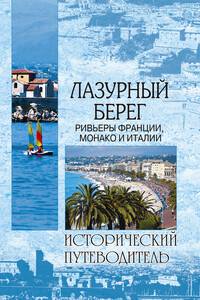
Французская и Итальянская Ривьеры находятся у южного подножия Приморских Альп. Горная цепь идеальной формы спускается к морю и тянется вдоль берега по территориям трех стран – Италии, Княжества Монако и Франции.Пожалуй, самой прославленной из них считается Французская Ривьера, или Лазурный Берег. Название «Лазурный Берег» придумал французский писатель Стефан Льежар, который во второй половине XIX века написал одноименный роман. Пораженный красотой природы этого края, он не нашел других слов, чтобы выразить свой восторг.
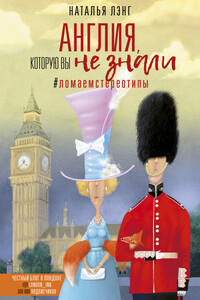
Вы знаете, что five o’clock на самом деле начинается в 16.00, а типичный завтрак англичанина – это не овсянка. Откуда взялось блюда Fish & Chips? Почему традиционные английские пудинги и пироги не сладкие? Как есть Жабу-в-норке? Что такое «время пиммса»? Почему город стоит на сэндвичах с беконом? Как выглядит купальная машина, и зачем принимать душ с друзьями? Зачем нужно столько пабов? А также особенности менталитета, диалекта и обычаев англичан, национальные блюда и напитки, все фишки лондонской жизни – всем этим в своем блоге @london_inn делится Наталья Лэнг, а теперь и с вами, дорогие читатели!
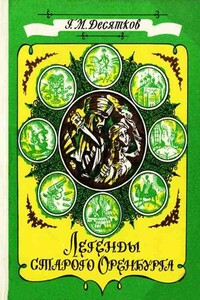
История — это не только факты и даты. История — это людские судьбы и характеры; это бесчисленные необыкновенные происшествия, невероятные подробности и факты. Они в основном и составили содержание этой увлекательной книги. От многих краеведческих изданий ее выгодно отличает недюжинный литературный талант автора. Написанная легким, живым и метким языком, предлагаемая читателю книга читается с неослабевающим интересом. Автор — известный оренбургский краевед Глеб Михайлович Десятков — встречается с самыми разнообразными людьми, свидетелями давно ушедших событий, и их потомками.
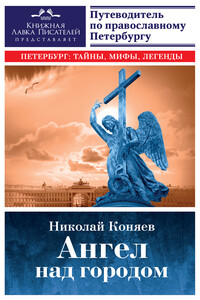
Святитель Григорий Богослов писал, что ангелы приняли под свою охрану каждый какую-либо одну часть вселенной…Ангелов, оберегающих ту часть вселенной, что называется Санкт-Петербургом, можно увидеть воочию, совершив прогулки, которые предлагает новая книга известного петербургского писателя Николая Коняева «Ангел над городом».Считается, что ангел со шпиля колокольни Петропавловского собора, ангел с вершины Александровской колонны и ангел с купола церкви Святой Екатерины составляют мистический треугольник, соединяющий Васильевский остров, Петроградскую сторону и центральные районы в город Святого Петра.
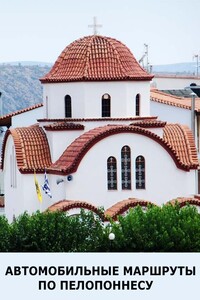
Я ни в коем случае не претендую на авторство приведенных здесь текстов. Моей задачей, при создании этого материала, было собрать упоминания в интернете наиболее значимых или необычных достопримечательностях полуострова вместе, найти их GPS-координаты и проложить оптимальные маршруты для путешествия на автомобиле. Расчеты потребления бензина (9л/100 км и стоимость бензина - 2 евро за литр) специально несколько завышены.Вы можете загрузить координаты достопримечательностей, описанных в путеводителе, в GPS-навигатор с сайта http://gpspoi.info и проложить любой из маршрутов, опубликованных ниже, или создать свой собственный.Некоторые материалы переведены с греческого и английского.
